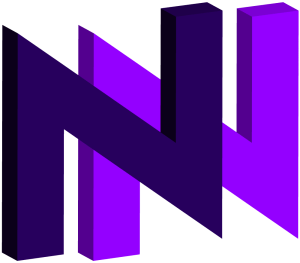
In our previous article on how AI can aid rather than replace, we looked at three ways in which AI could be used to positively benefit student experience and learning: personalisation of learning through algorithmic modelling and tracking; interactive learning assistants and smart content creation.
However, there are arguably three other ways in which AI could enhance student learning that I think are worth discussing.
AI-Powered Storytelling
At a primary level this one I find particularly interesting.
AI could help young learners in developing their creativity and storytelling skills by providing interactive tools and prompts.
For example, AI-powered story generators could help children create original stories by suggesting characters, settings and plot twists based on their interests and preferences.
While not writing the story for them, it could certainly give them the useful spark that is often tricky for younger children, and give them ideas quickly, developing their creative skills at a quicker rate.
Interestingly, my friend’s work colleague has built a start-up which specialises in AI-powered children’s stories, where customers give some information to a generative AI system which then creates a whole story based on the information that’s given, including fully animated pictures; a very interesting and somewhat unique concept!
AI-Enhanced Lecture Capture and Transcription
This one is aimed at tertiary level.
Ever felt frustrated by not being able to quickly and rapidly summarise your lecture notes and slides?
An AI-powered transcription tool would automatically transcribe audio and video recordings into searchable text.
This would be an extremely useful tool which would help summarise lecture notes and course materials rapidly for university students.
Not only would this save them time, but it would allow them a greater amount of time to research their subject further, leaving further time free in their day to follow other pursuits and develop a range of skills that will leave them better equipped for the workplace at the end of their undergraduate or postgraduate studies.
One such example is Otter AI!
AI-Driven Career Counselling and Guidance
This is aimed at both secondary and tertiary level.
Again, an algorithm here would not replace actual career guidance counsellors, it wold just improve the quality of advice they give.
AI algorithms could provide personalised career counselling and guidance to students by analysing their academic performance, interests, skills, and career aspirations.
This would help career and guidance counsellors by offering tailored recommendations for internships, job opportunities and professional development paths based on individual student profiles and goals.
Further Reading: Alex Shapero – How AI is already improving education
